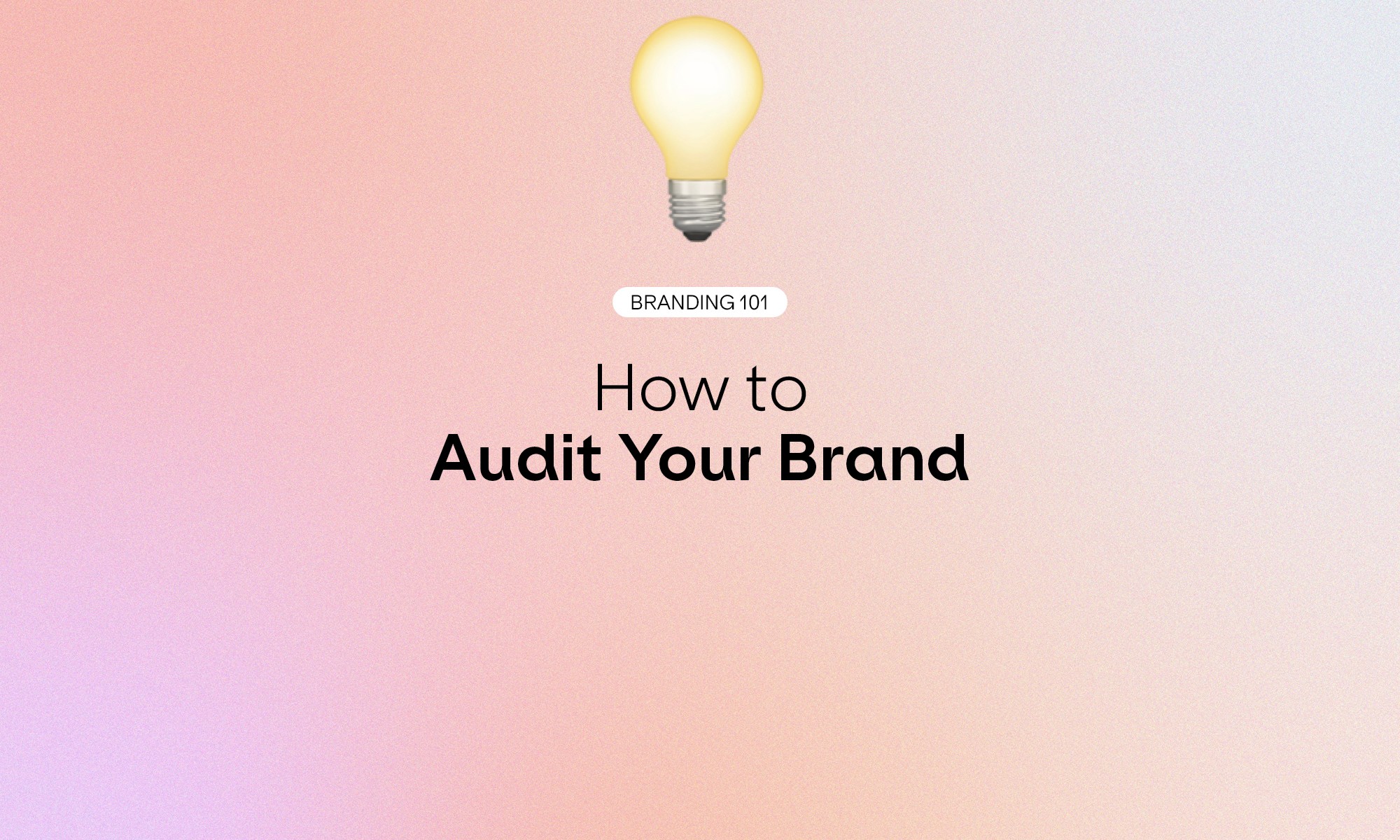
Branding 101
A Brand is not just a Logo
Let’s start with a quick trip down branding memory lane. Back in the day, branding meant literally branding—yes, cattle. You’d take a sizzling hot iron, stamp it on your livestock, and voila—brand identity. Thankfully, times have changed. Now, branding is a lot less painful (unless you count feedback rounds with your creative team).
These days, when people say "brand," they often mean your logo. But here's the truth: a brand is so much more than just a snazzy icon or wordmark. It’s what people think, feel, and say about you when you’re not around. Or, as Jeff Bezos puts it, "Your brand is what other people say about you when you’re not in the room." And let’s be honest, we’d all like to think they’re saying lovely things, but that only happens when you’ve built a brand that’s worth talking about.
Beyond the Logo: Your Brand Is the Whole Experience
Your brand isn’t just what you slap on a business card or stick in the corner of a PowerPoint. It’s the feeling someone gets when they visit your website. It’s how they’re treated when they DM you a question. It’s even the tone of your out-of-office email. (Yes, that “I’m sipping cocktails on a beach while you’re working” message says a lot.)
A brand is a story, a community, a vibe. It’s a collection of every little interaction someone has with your business. That includes visual elements, but it also includes your values, your voice, your culture—even how your packaging feels. Think of it like a dinner party: your logo is the welcome mat, but your brand is the music, the food, the laughter, and whether your guests leave feeling inspired or slightly awkward.

Consistency Is Your Brand’s BFF
Let’s say you meet someone who’s witty on Instagram, kind in emails, and then… totally robotic in a pitch. That inconsistency makes it hard to trust them. It’s the same with brands.
You want your audience to recognise you in every interaction—whether that’s your packaging, your social posts, your hold music (please, no elevator jazz), or your website copy. That kind of consistency builds trust, and trust builds loyalty.
If you’ve ever seen a brand flip-flop between messages like “We’re fun and quirky!” and “We take your business VERY seriously,” you know how jarring that can be. Pick a lane and commit to it.
What Makes a Brand Stick?
If we boil it down, a brand sticks when it:
Feels familiar and authentic (no one wants to engage with a corporate robot)
Speaks in a voice people relate to (ditch the jargon, embrace the humanity)
Looks like it belongs together (consistent visuals, not a Pinterest board gone rogue)
Shows up where your audience already is (and doesn’t ghost them afterwards)

Final Thought: Branding Is a Journey, Not a Checkbox
Brands evolve, just like people. What worked five years ago might feel outdated today—and that’s okay. The key is to keep checking in with your brand. Is it still telling the right story? Does it still reflect who you are and what you do?
Remember: branding isn’t a logo, a colour palette, or a tagline. It’s how you make people feel. And when you get that right, the logo becomes a symbol of something much bigger.




